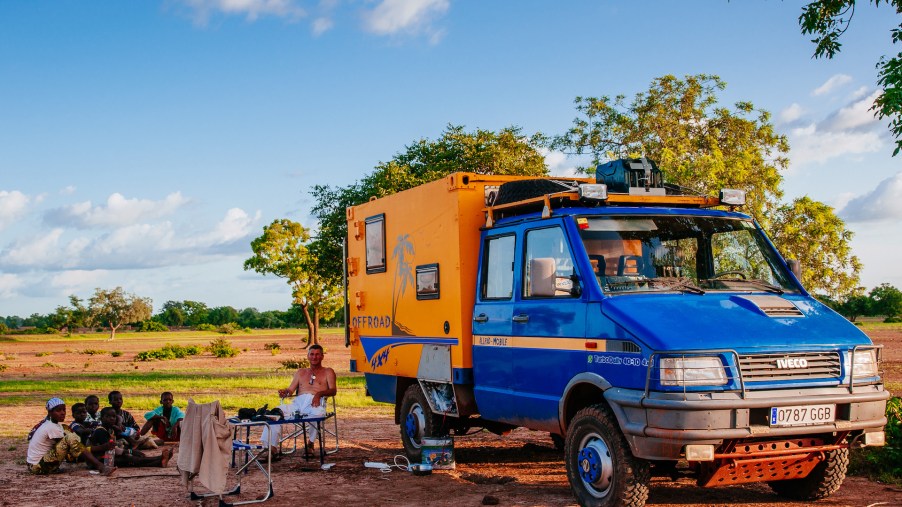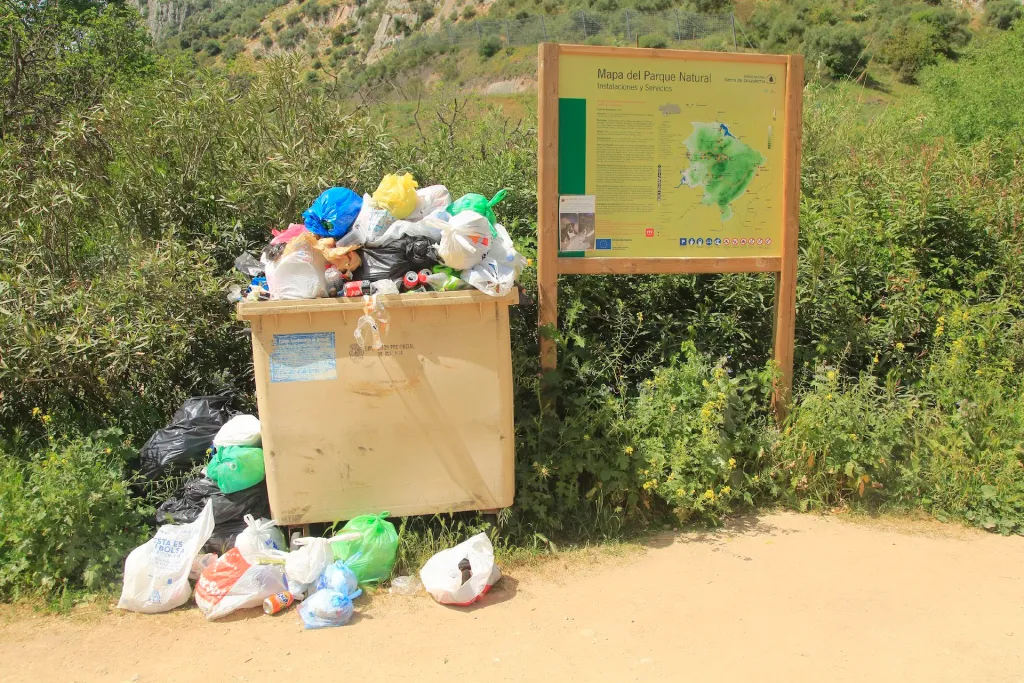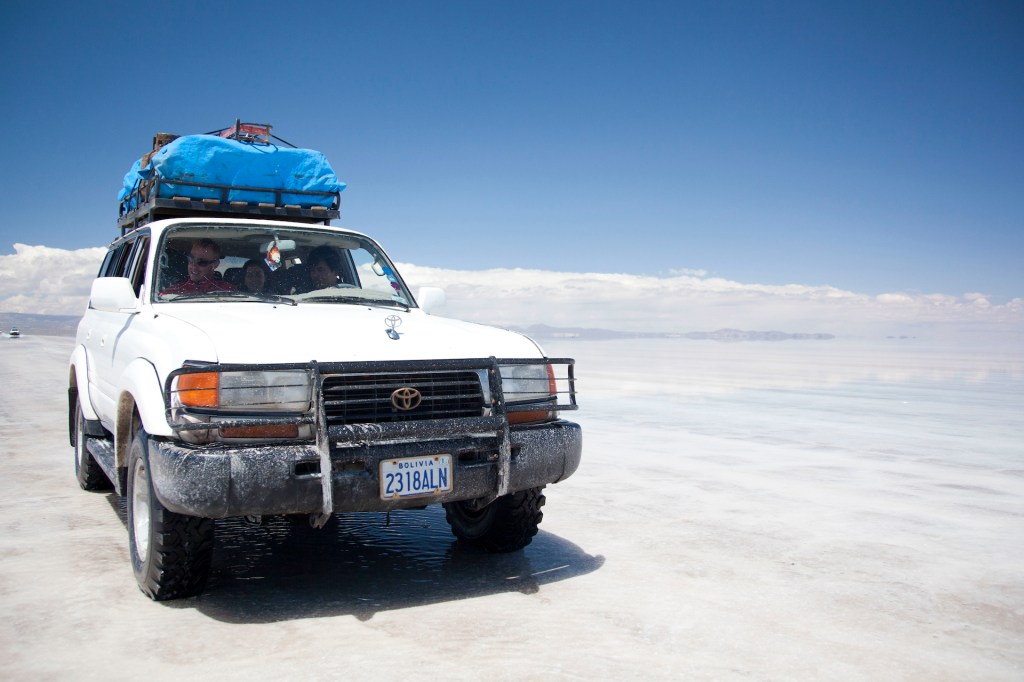
Is Overlanding Bad for the Environment? – Inconsiderate Campers Are to Blame
As the world shut down last year due to the COVID-19 pandemic, folks all across the U.S. turned to overlanding for some cheap thrills. Since a large number of Americans already own large off-roading SUVs, it doesn’t take much to get going into the great outdoors. However, with more vehicles than ever going off the beaten path, we see some significant consequences.
Aside from crowded campsites, there are no major downsides to having large groups of people exploring in their vehicles. However, issues arise when campers aren’t considerate enough to care for the environment they are exploring. Leaving substantial amounts of trash behind is just the tip of the iceberg.
Is overlanding bad for the environment?
In short, no. Having loads of people overlanding is by no means a bad thing. Stepping outside and away from bright screens has an untold amount of benefits. However, just because you’re outdoors, it doesn’t mean that there aren’t any rules in place.
According to Donut Media via YouTube, most national parks have designated trails for vehicles to go through. Aside from making it easier to navigate these national parks, the trails themselves keep the cars on a set road, limiting damage to the surrounding environment.
However, as novice overlanding enthusiasts avoid these trails, they can easily cause damage to the surrounding areas, many of which are protected. Donut Media makes a great point when referencing the monolith in Utah story that plagued the internet last year.
In this scenario, hundreds of people flocked to the remote site where the monolith stood to see it. With so many vehicles transiting the area, some people drove outside of the designated trails. As you might expect, this caused harm to the surrounding area.
Trash is another major issue

One of the other major overlanding issues comes in the form of excess trash left in national parks. Let’s face it. With such a massive amount of people getting into overlanding over a short period of time, you’re bound to see some inconsiderate people.
According to Leave No Trace, inconsiderate campers generate around 100 million pounds of waste in national parks. With even more overlanding enthusiasts venturing into the unknown, this number is increasing at an alarming rate.
As you might imagine, this has less to do with the sport of overlanding itself and more with the people who partake in it. As a result, overlanding, when done correctly, is not harmful to the environment, at least in these scenarios.
Is overlanding safe for families?

Aside from the potential impact on the environment, the question remains of whether or not overlanding is safe enough for families. According to Adventurism, the answer depends. Since overlanding could see you tackle various trails across multiple national parks, it depends on the setting.
Since overlanding largely includes exploring at slow speeds with plenty of resources onboard. With extensive research and planning, it should be a safe enough activity for the entire family.


